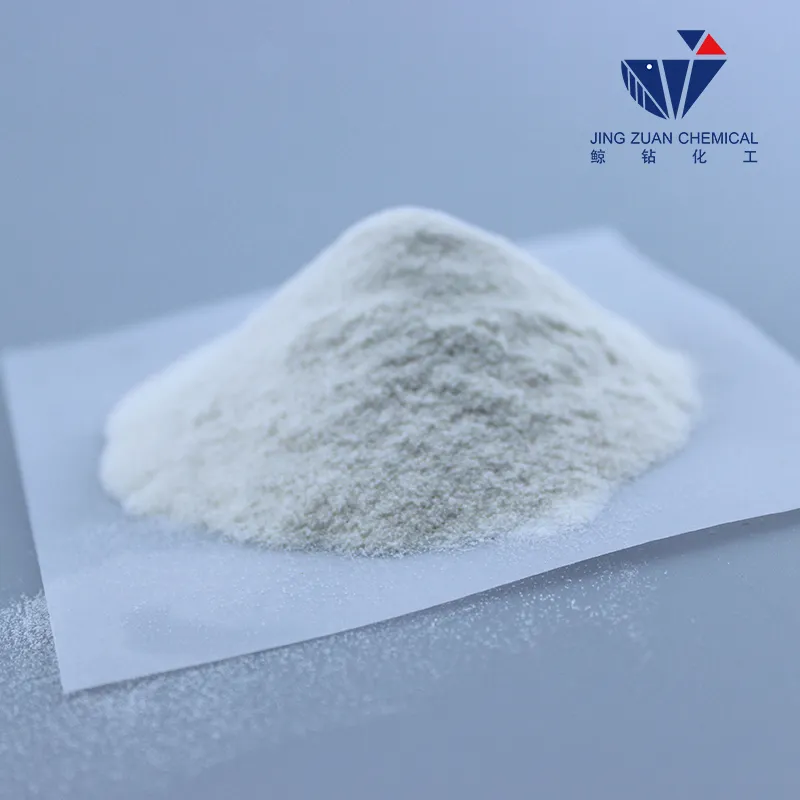
نوامبر . 15, 2024 15:32 Back to list
hydroxypropyl methyl cellulose msds
Understanding Hydroxypropyl Methyl Cellulose (HPMC) and Its Safety Data
Hydroxypropyl Methyl Cellulose (HPMC) is a widely used cellulose derivative, commonly found in various industries, including pharmaceuticals, food, cosmetics, and construction. This versatile polymer is valued for its thickening, emulsifying, and film-forming properties. To ensure the safe handling and usage of HPMC, a Material Safety Data Sheet (MSDS) is essential. This document provides comprehensive information about the substance, including its hazards, safe handling practices, and emergency responses.
Chemical Composition and Properties
HPMC is synthesized from natural cellulose through a series of chemical reactions involving propylene oxide and methyl chloride. The resulting compound is a white or off-white powder that is odorless and tasteless. HPMC is soluble in cold and hot water, forming a gel-like solution that is useful in many applications. Its viscosity can be adjusted based on the degree of substitution in its molecular structure, making it suitable for various formulations across different industries.
Health Hazards and Safety Information
According to the MSDS for Hydroxypropyl Methyl Cellulose, it is generally considered to have low toxicity. However, it is crucial to handle HPMC with care, as inhalation or prolonged skin contact can lead to irritation. Appropriate personal protective equipment (PPE) is recommended when working with HPMC, including gloves, goggles, and dust masks, to prevent exposure to dust particles.
hydroxypropyl methyl cellulose msds

Ingestion of HPMC is unlikely to cause harm due to its low toxicity; however, it is always advised to follow appropriate safety measures and avoid consuming any industrial-grade materials. In case of accidental exposure, the MSDS outlines procedures for first aid, such as rinsing the affected area with water or seeking medical attention if irritation persists.
Storage and Disposal Guidelines
The storage of HPMC should be in a cool, dry place, away from incompatible substances. Containers should be tightly sealed to prevent contamination and degradation of the material. When it comes to disposal, HPMC should be handled according to local regulations. Generally, it can be disposed of as non-hazardous waste, but it is essential to consult local waste management authorities for proper disposal practices.
Conclusion
Hydroxypropyl Methyl Cellulose is a valuable non-toxic material with numerous applications in various fields. Understanding its properties and adhering to safety guidelines outlined in the MSDS is crucial for anyone handling this substance. By implementing appropriate safety measures and protocols, users can mitigate risks associated with HPMC, ensuring a safe working environment while benefiting from its unique properties in their applications. Remember, knowledge and diligence in handling materials like HPMC not only enhance operational safety but also contribute to the overall efficiency and success of the projects involved.
-
Versatile Hpmc Uses in Different Industries
NewsJun.19,2025
-
Redispersible Powder's Role in Enhancing Durability of Construction Products
NewsJun.19,2025
-
Hydroxyethyl Cellulose Applications Driving Green Industrial Processes
NewsJun.19,2025
-
Exploring Different Redispersible Polymer Powder
NewsJun.19,2025
-
Choosing the Right Mortar Bonding Agent
NewsJun.19,2025
-
Applications and Significance of China Hpmc in Modern Industries
NewsJun.19,2025







